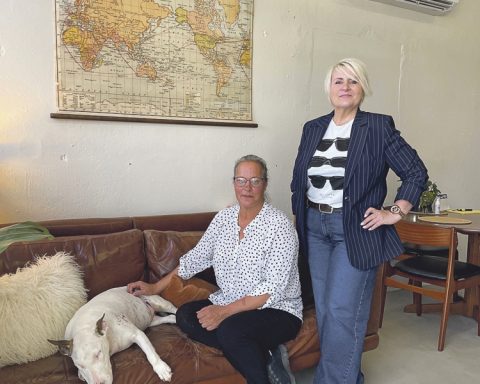The Reserve Bank of New Zealand (RBNZ) assistant Governor recently stated that 75% of mortgages are being taken on 1 year fixed interest rates or shorter (ie 6 months).
That’s hardly surprising considering the falling interest rate environment – I’ve recently done that myself. One of my interest rates expired on 4th October and I was faced with the decision of how long to fix for at what rate. Based on the falling rate environment, fixing short was my strategy so I was considering the 6 month and 12 month fixed options. I ended up fixing for 12m.
So what were the deciding factors in my decision to fix 12m?
Firstly, I looked at the break-even point between the 6 month rate and the 12 month rate. The 6 month rate on offer was 6.45% and the 12 month rate was 5.59%. The break-even point between these 2 rates is 4.73%. That means that in 6 months time, if the 6 month fixed rates are at 4.73% or below I would have been better off taking the 6m rate as opposed to the 12m rate. That would require a drop in the 6m rates of 1.72% by April 2025. Although possible, I thought that might be too much of a stretch.
Secondly, the initial lower cost of servicing the debt was appealing over taking the more expensive rate and hoping that in 6m time there’d been some super-sized rate cuts.
Thirdly, I considered at what point it might be wise to look at the longer term fixed rates (2-5 years fixed). Currently the longer you fix for the cheaper it is. As I’ve previously written in this column, that’s not normal for NZ. Banks and the international funders that lend to the NZ banks are currently forecasting that rates will continue to drop for some time. As such they’re offering longer term fixed rates (2-5 years) at cheaper rates than the short term rates as they want to lock in margins as interest rates fall. Smart, but not fooling 75% of Kiwis at present.
At some point, the banks and their funders will start to think that rates will soon go up. At that point we’ll start to see the short term rates become cheaper than the long term rates. This will be preceded by the longer term ‘swap rates’ starting to trend up. That could be the time to start considering longer term fixed mortgage rates.
At this point I’m uncertain on when the right time to fix longer will be, but at a push I’m thinking towards the end of 2025 or into 2026. My reasoning there is that the economy still has some pain to experience. Gross Domestic Product (GDP) per working age population (a key measure of the performance of the economy) is worse than what it was during the Global Financial Crisis and the RBNZ is forecasting it to worsen before it gets better. Advertised job numbers are falling quickly and applications per advertised job are rising quickly – they’re sitting at around 300 applications per advertised job and that’s rising. There are plenty of economic metrics that aren’t looking flash.
Official Cash Rate (OCR) cuts or rises typically take around 18m – 2 years to fully flow through to the economy. Right now, as so many Kiwis are fixing short, I’d think this is closer to 12m. But still, this means that the recent rate cuts aren’t going to fully flow through until August/October next year.
It’s a mug’s game trying to pick the bottom of interest rate cycles, but we still try our best! Everyone’s situation is different so come see us to see what options might suit you.











